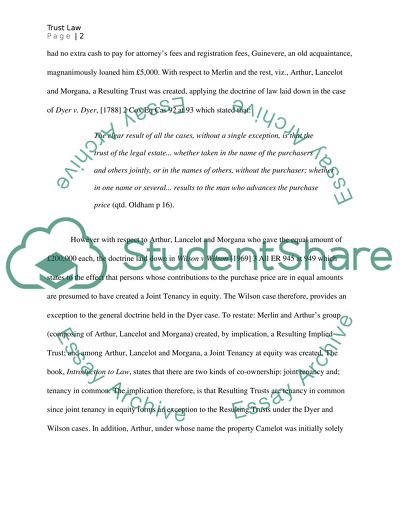Cite this document
(Trust Law - a Property in Issue of Camelot Case Study - 1, n.d.)
Trust Law - a Property in Issue of Camelot Case Study - 1. Retrieved from https://studentshare.org/law/1551261-trust-law
Trust Law - a Property in Issue of Camelot Case Study - 1. Retrieved from https://studentshare.org/law/1551261-trust-law
(Trust Law - a Property in Issue of Camelot Case Study - 1)
Trust Law - a Property in Issue of Camelot Case Study - 1. https://studentshare.org/law/1551261-trust-law.
Trust Law - a Property in Issue of Camelot Case Study - 1. https://studentshare.org/law/1551261-trust-law.
“Trust Law - a Property in Issue of Camelot Case Study - 1”. https://studentshare.org/law/1551261-trust-law.


